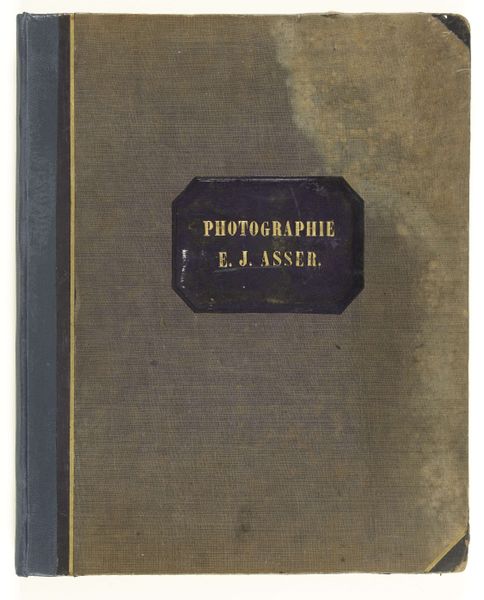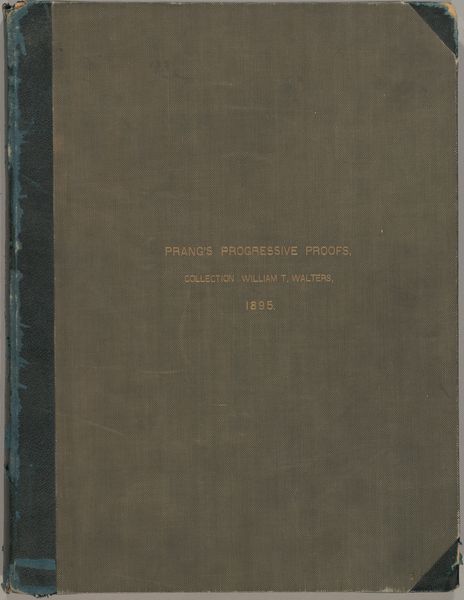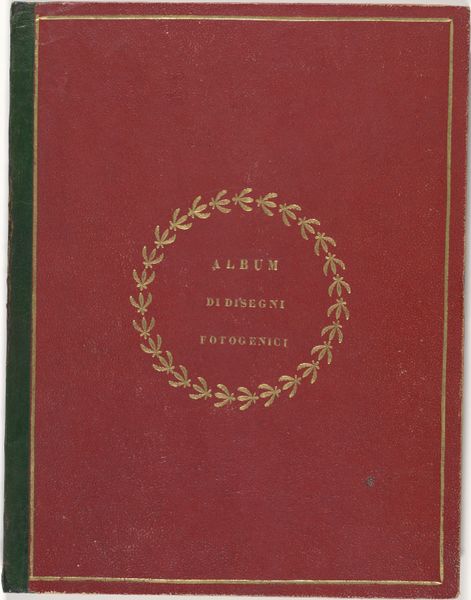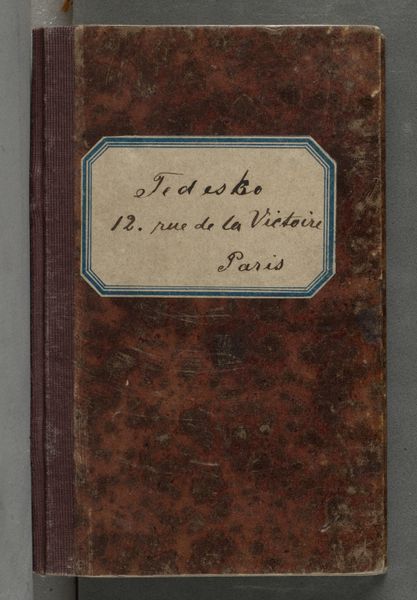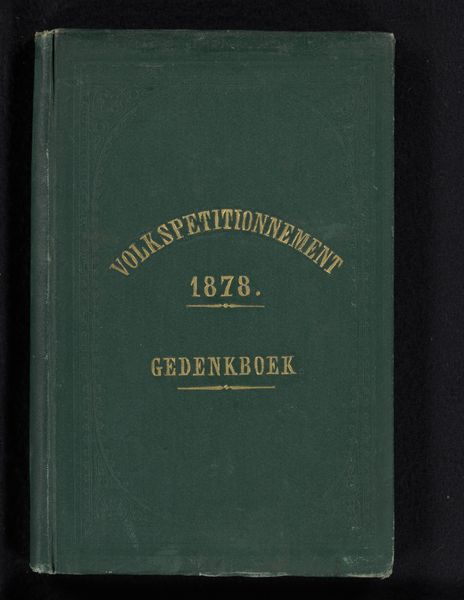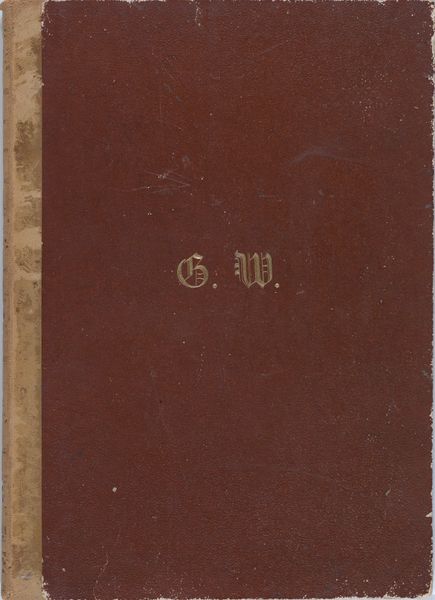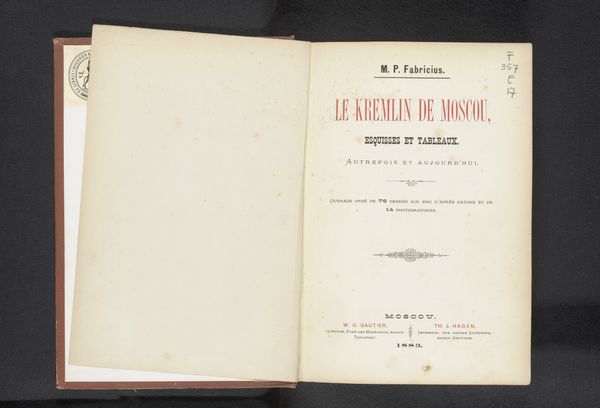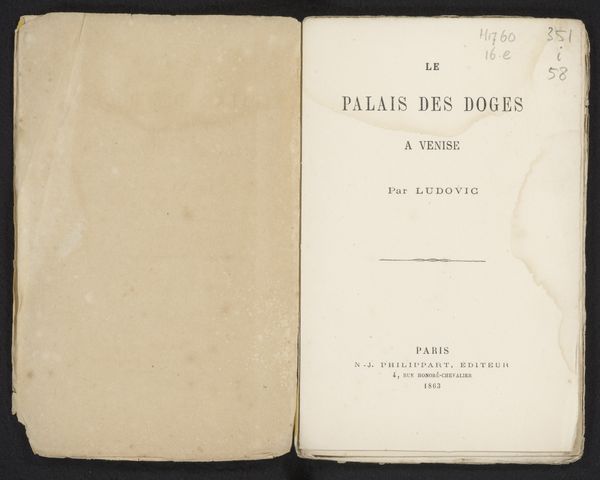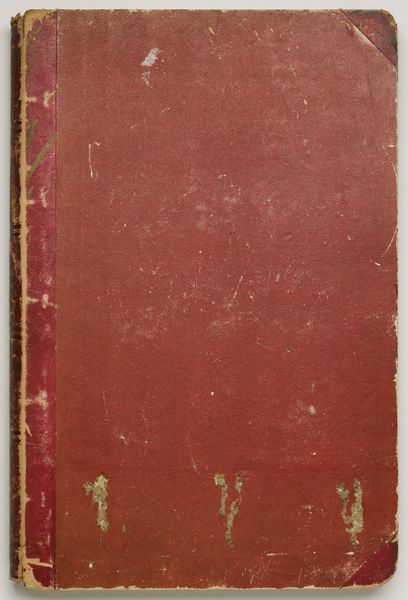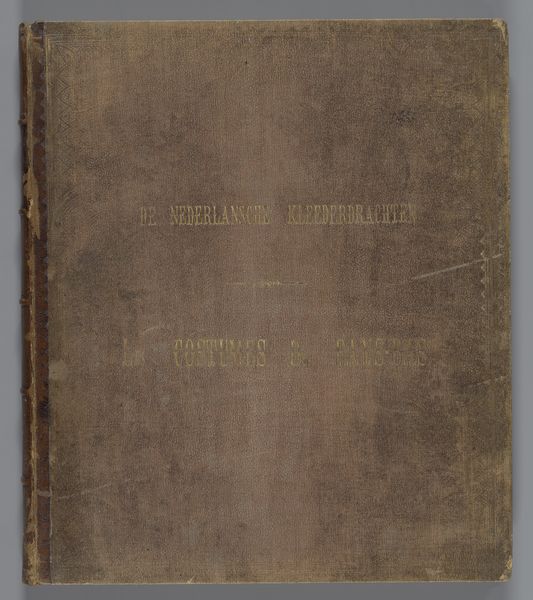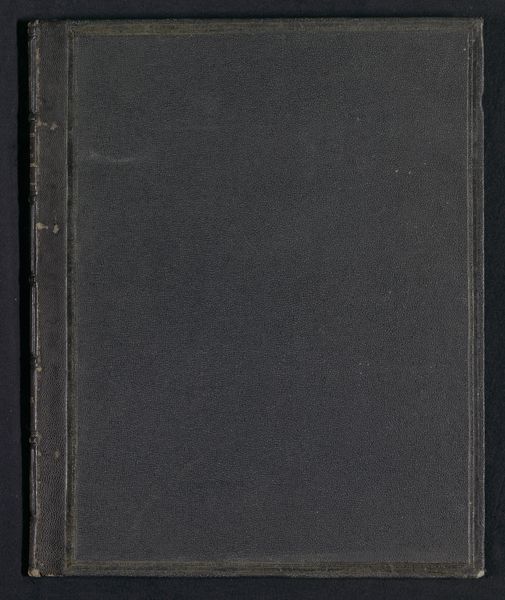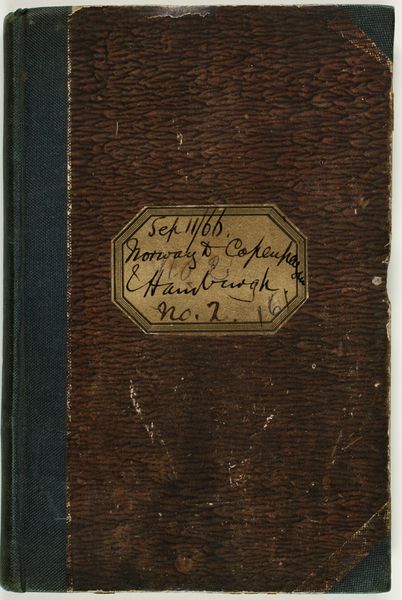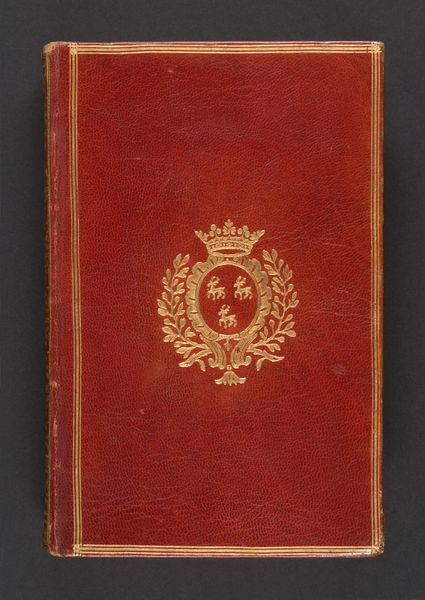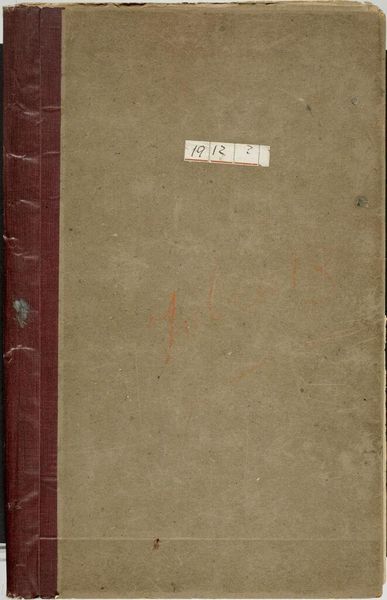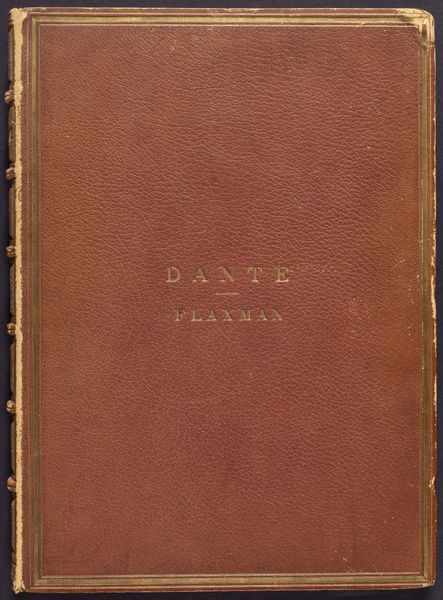
Reisalbum van H. Dunlop met foto's van bezienswaardigheden in Perzië, Schotland, Duitsland, Rusland, China en Canada 1890 - 1895
0:00
0:00
print, photography, albumen-print
#
portrait
# print
#
landscape
#
photography
#
orientalism
#
cityscape
#
albumen-print
Dimensions: height 330 mm, width 560 mm, width 275 mm, thickness 45 mm
Copyright: Rijks Museum: Open Domain
Editor: We're looking at a travel album created by diverse makers between 1890 and 1895. It's called "Reisalbum van H. Dunlop met foto's van bezienswaardigheden in Perzië, Schotland, Duitsland, Rusland, China en Canada," which translates to Travel Album of H. Dunlop with photos of sights in Persia, Scotland, Germany, Russia, China and Canada, containing albumen prints. I am intrigued by its materiality - it’s a solid, leather-bound object that speaks to wealth, adventure and an imperial gaze. What do you see here? Curator: It's fascinating to consider this album not just for its photographic contents, but as a crafted object itself. Leather-binding in the late 19th century speaks to specific modes of production, class distinctions and global material supply chains that supported colonial tourism. The tooling and lettering reflect skilled labor; and suggest the commodification of travel and memory through specialized industries. How does this change your understanding of the "orientalist" photography within? Editor: That shifts my perspective entirely. The leather binding, initially suggesting simple wealth, now signifies networks of power. I suppose I considered the photos themselves as the primary source of "Orientalism" – in framing particular places – rather than viewing the entire album as such. Curator: Exactly. The binding becomes part of that act of framing. It reminds us to question who had access to such travel, to photography, and to the production and consumption of these images. Consider the social context of "H. Dunlop," who is consuming this luxury good. How does it function as a symbol of status, education and connection to global events? Editor: This gives me a lot to consider about photography and how they create and distribute narratives through something as tangible as a book. Thanks! Curator: It highlights the importance of critically assessing not just the images, but also the materials, labor, and economic structures that enable their creation and dissemination. A vital insight for further research!
Comments
No comments
Be the first to comment and join the conversation on the ultimate creative platform.
